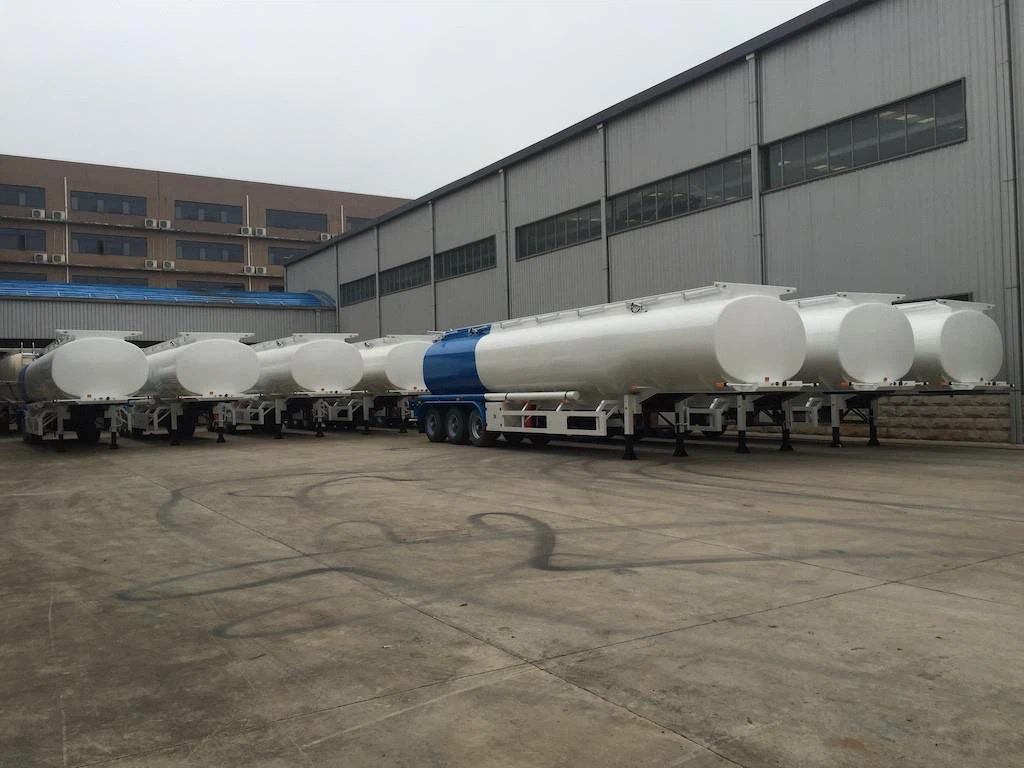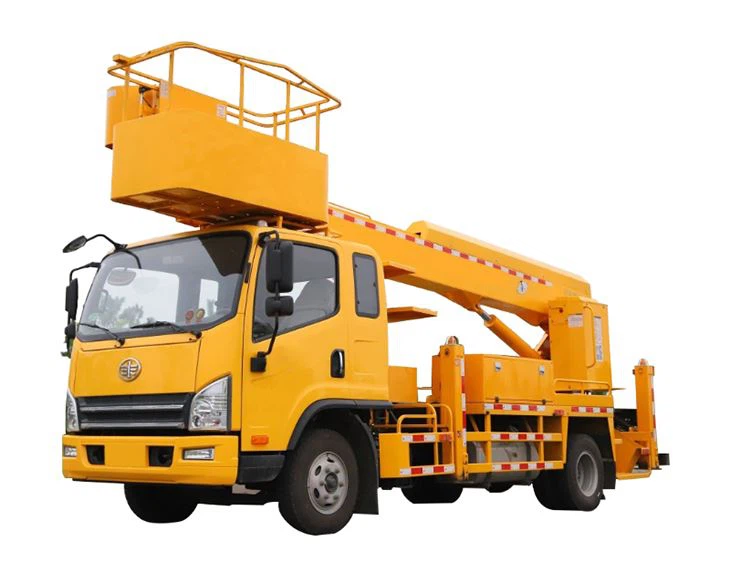Ultimate Guide to Hook Lift Trucks: Mobility, Versatility, and Efficiency

Hook lift trucks have revolutionized the way businesses transport and manage waste, construction materials, and equipment. Their unique design offers flexibility that traditional trucks often lack. This article delves deep into hook lift trucks, discussing their features, benefits, practical applications, comparisons with other trucks, and tips for usage and maintenance.
What are Hook Lift Trucks?
Hook lift trucks are specialized vehicles equipped with a hydraulic arm (or hook) that allows them to lift and transport various containers and equipment. The hook mechanism can easily attach to and detach from a wide range of truck-mounted containers, making them ideal for transporting waste, materials, and equipment.
How Hook Lift Trucks Work
The operational mechanics of hook lift trucks involve a series of hydraulic systems and levers. The following steps summarize their operation:
- The truck approaches the container.
- The operator extends the hydraulic arm, often referred to as the hook.
- Once aligned, the hook clips onto the container.
- The operator then activates the hydraulic lift, raising the container off the ground.
- The truck can now transport the container to a specified location.
- To unload, the reverse process is followed, lowering the container back down and releasing it from the hook.
The Components of a Hook Lift Truck
Key components found in hook lift trucks include:
- Hydraulic system: This is the heart of the hook lift mechanism, providing the necessary power to lift and lower containers.
- Hook system: The assembly that connects and disconnects to the containers.
- Chassis: The frame of the truck which stores the components and carries the load.
- Cabin: Where the driver operates the vehicle.
- Weight distribution system: Ensures that the load is balanced for safe operation.
Benefits of Hook Lift Trucks
Hook lift trucks provide numerous advantages which make them attractive for various industries.
1. Versatility
One of the standout features of hook lift trucks is their versatility. They can handle different types of containers, including:
| Container Type | Common Use |
|---|---|
| Dumpsters | Construction and waste disposal. |
| Flatbeds | Transporting heavy equipment or materials. |
| Water tanks | Emergency water supply during fire outbreaks. |
2. Enhanced Efficiency
Modern hook lift trucks are designed to increase operational efficiency. By allowing fast loading and unloading, they reduce idle time.
3. Cost-Effectiveness
The ability to switch between containers means that businesses do not need to invest in multiple vehicles, making it a cost-effective solution.
4. Reduced Labor Requirements
With the hook lift mechanism, fewer personnel are needed for loading and unloading tasks, leading to lower labor costs and fewer workplace accidents.
5. Simplicity of Operation
Hook lift trucks are relatively easy to operate, allowing drivers with minimal training to handle them efficiently.

Common Applications of Hook Lift Trucks
Hook lift trucks are used across various industries, including:
1. Construction
In the construction industry, these trucks often transport materials, debris, and heavy machinery. They facilitate quick site cleanup and efficient material management.
2. Waste Management
Many municipalities use hook lift trucks for waste collection. The versatility allows them to efficiently manage waste from residential, commercial, and industrial sectors.
3. Landscaping
Hook lift trucks can transport soil, mulch, and other landscaping materials, aiding landscape contractors in completing projects more quickly.
4. Demolition
During demolition projects, these trucks safely carry debris and waste materials away from the site, simplifying cleanup processes.
5. Agriculture
In agricultural settings, hook lift trucks can transport fertilizers, feed, and equipment, helping to streamline farm operations.

Comparing Hook Lift Trucks with Other Trucks
Understanding how hook lift trucks measure up against other trucks can help businesses make informed purchasing decisions.
1. Hook Lift Trucks vs. Roll-Off Trucks
While both types of trucks serve similar purposes, hook lift trucks offer greater versatility as they can handle multiple container styles, unlike roll-off trucks, which are limited to roll-off containers.
2. Hook Lift Trucks vs. Flatbed Trucks
Flatbed trucks are designed for transporting larger, heavier items and do not provide the efficiency and ease of use associated with hook lift systems, particularly for varying container types.
3. Hook Lift Trucks vs. Dump Trucks
Dump trucks are specialized for carrying bulk materials but lack the adaptability of hook lift trucks to switch between various container types on demand.
Practical Tips for Using Hook Lift Trucks
To maximize the effectiveness and longevity of hook lift trucks, consider these practical tips:
1. Regular Maintenance
Implement a scheduled maintenance routine to keep hydraulic systems, the hook mechanism, and other components in top shape. Regular checks can help prevent unexpected breakdowns.
2. Proper Training
Ensure that all operators are well-trained in using the hook lift system and understand safety protocols. Compromised safety can lead to accidents and injuries.
3. Load Management
Always adhere to the load capacity guidelines specified by the manufacturer. Overloading can compromise the vehicle’s handling and safety.
4. Weather Considerations
Be mindful of weather conditions such as rain or snow, as icy surfaces can impair driving and unloading capabilities.
5. Use Safety Equipment
Proper safety gear should be used by operators and anyone involved in the loading and unloading process. This includes hard hats, gloves, and visibility vests.
Cost Factors in Hook Lift Trucks
When considering a hook lift truck, several cost factors come into play:
1. Purchase Price
The initial investment can vary widely based on the size and features of the truck.
2. Maintenance Costs

Regular maintenance costs should also be factored into total ownership costs. Setting aside a budget for this ensures the truck remains functional.
3. Operation Expenses
Fuel and insurance are significant operational expenses that every business owner should calculate.
4. Resale Value
Assessing the potential resale value can provide insights into long-term investment returns.
Future Trends in Hook Lift Trucks
As technology evolves, the hook lift truck market is expected to undergo significant changes. Some trends to watch include:
1. Electric Hook Lift Trucks
The move towards sustainability is encouraging the manufacturing of electric hook lift trucks, which promise reduced emissions and operational costs.
2. Enhanced Safety Features
Modern trucks will likely incorporate advanced safety systems, reducing workplace accidents and enhancing overall safety.
3. IoT Integration
Implementing Internet of Things (IoT) technology can provide real-time tracking and maintenance alerts, improving efficiency and operational management.
FAQs About Hook Lift Trucks
1. What is the maximum load capacity of a hook lift truck?
The maximum load capacity can range from 10,000 to over 30,000 pounds, depending on the truck’s model and specifications. Always refer to the manufacturer’s guidelines for specifics.
2. How long do hook lift trucks typically last?
With proper maintenance, a hook lift truck can last 10-15 years. Regular servicing is pivotal in extending its lifespan.
3. Are hook lift trucks safe to operate?
Yes, hook lift trucks are safe when operated by trained personnel following safety protocols. Regular maintenance also plays a key role in ensuring safety.
4. Can hook lift trucks handle different types of containers?
Absolutely! Hook lift trucks are designed to operate with various container types, making them highly versatile for multiple applications.
5. How can I improve the efficiency of my operations with a hook lift truck?
Implement regular training for operators, ensure proper maintenance, and optimize load management to enhance operational efficiency with hook lift trucks.
